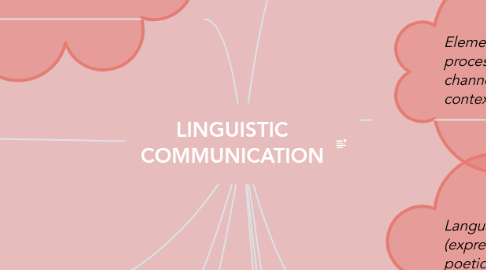LINGUISTIC COMMUNICATION
by Erandy Ríos Mendoza

1. Oral performance in a second language (L2) can be measured in terms of complexity, accuracy and fluency, thus offering an overview of L2 learning. Focusing on the cognitive development of L2 learning, particularly from the point of view of Processing Theory and the Speech Production Model, limited attentional resources hinder simultaneous attention to the variables studied, namely: Performance components of complexity, accuracy and fluency in semi spontaneous oral monologues at different levels of English proficiency (A2, B2 and C1). Complexity was measured in terms of lexical range (as D score, best fit for lexical range) and grammatical complexity (as the average length of words in each clause, and number of clauses in each Analysis of Speech (AS) unit). Accuracy was measured as the proportion of AS units free from errors and percentage of error-free clauses. Fluency was measured by calculating the phonation-time ratio and the mean length of pauses. Regarding trends in L2 language development, results showed increase in all variables across all levels of proficiency. Besides, the variables studied are interconnected within each group sampled. Correlation analysis showed significant correlations between subcomponents within each construct, which suggests that any specific variable of each construct could represent the general state of the components of oral performance.
2. Oral and written communication responds to the need to communicate orally and in writing of
3. efficient way to interact in any situation. Topics included will help you understand the essential fundamentals of human communication.
4. In the first part of this work are the chapters of oral communication. In them
5. where the oral word is necessary. The text guides the student in their learning in a sequence
6. part of the fundamentals to move towards the practice of strategic communication.
7. CONCEPT It is the fundamental process by which two people (at least) share the same information transmitted and received through a medium.
8. Elements of the communicative process: sender, code, message, channel, receiver, referent, context.
9. Language functions: Emotional (expressive), metalinguistic, poetic (aesthetic), phatic (contact), appellative (connotative), representative, referential (denotative).
10. The conceptual principles necessary for the knowledge of each subject are explained and the skills, attitudes and techniques suitable for strategic practice in various contexts are described.
11. logic to know, understand and practice each strategy and type of communication; I mean, I know


